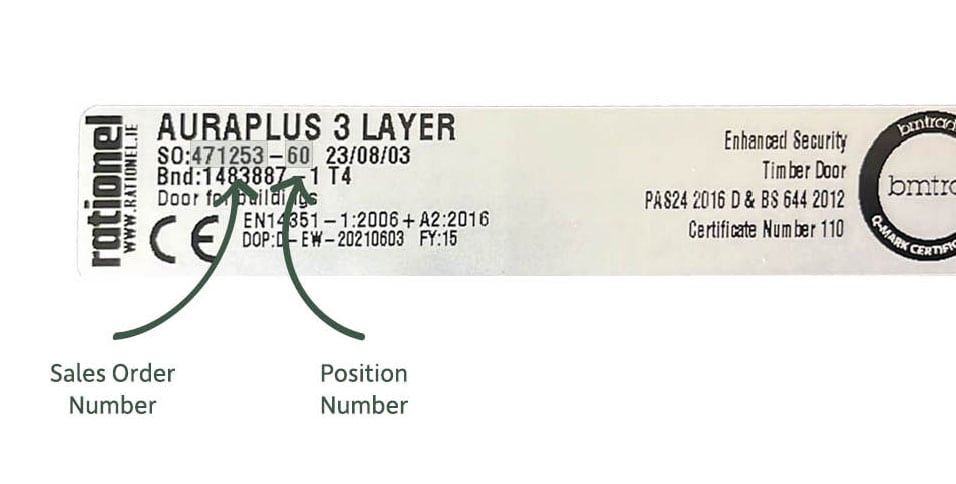
If you are having trouble downloading the files, try the following steps:
1. Right-click on the file you want to download
2. Select ‘Save link as…’
3. Choose where to put the file on your computer
Here you can see an overview of Declaration of Performance for Rationel’s products according to EN14351-1:2006+A2:2016. Select the product line that matches your criteria and building.
Note that it is always the declaration given in the offer / order confirmation that is current.
Timber
|
||||||||||
Aluminium clad timber
|
||||||||||
Window Master in Rationel products
|
||||||||||
|
Declarations before 23.01.25
|
||||||||||
Timber
|
||||||||||
Aluminium clad timber
|
||||||||||
|
Declarations before 01.10.2024
|
||||||||||
Aluminium clad timber
|
||||||||||
|
Declarations before 27.06.2024
|
||||||||||
Timber
|
||||||||||
Aluminium clad timber
|
||||||||||
|
Declarations before 13.05.2024
|
||||||||||
Timber
|
||||||||||
Aluminium clad timber
|
||||||||||
|
Declarations before 03.06.2021
|
||||||||||
Timber
|
||||||||||
Aluminium clad timber
|
||||||||||
|
Declarations before 25.09.2020
|
||||||||||
Timber
|
||||||||||
Aluminium clad timber
|
||||||||||
|
Declarations before 31.03.2020
|
||||||||||
Timber
|
||||||||||
Aluminium clad timber
|
||||||||||
|
Declarations before 22.07.2019
|
||||||||||
Timber
|
||||||||||
Aluminium clad timber
|
||||||||||
|
Declarations before 12.05.2015
|
||||||||||
Timber
|
||||||||||
Aluminium clad timber
|


